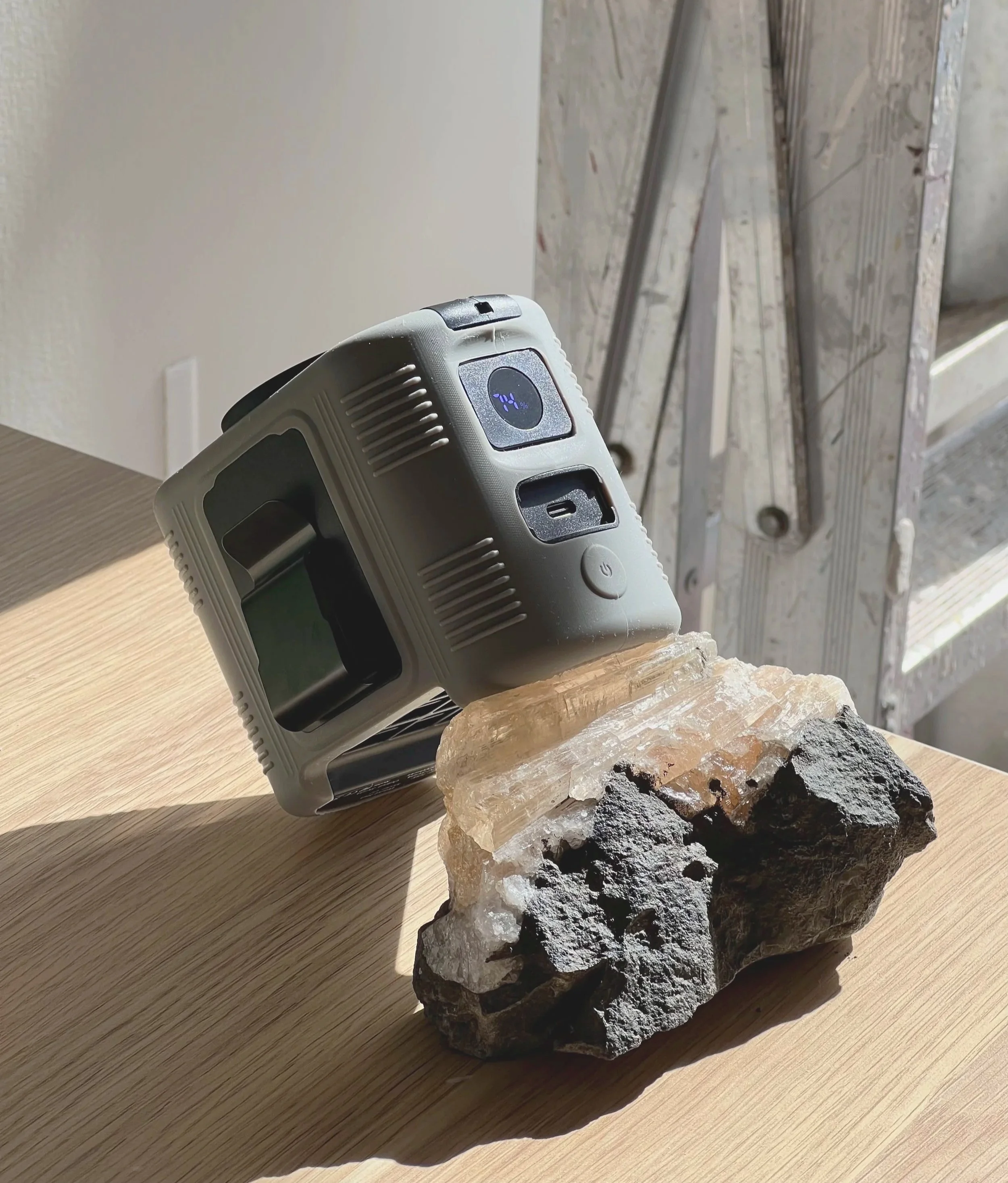The Science and Evidence for Wearable Fans
Why Fans Are Essential for Staying Cool: The Science of Evaporative Cooling
Summer heat in Australia is intense, whether you’re getting cooked in the sun or working in a sweltering workshop. Your body cools itself through evaporative cooling - sweat evaporates, pulling heat from your skin. Direct airflow on your skin supercharges this process - this is why it feels so much cooler when you take off your shirt. This article explains the science of evaporative cooling and why fans are essential for workers in heat
How Evaporative Cooling Works
Evaporative cooling is your body’s natural cooling system. This process relies on what’s called “latent heat of vaporisation” in physics - the energy required to turn liquid water into gas. A massive amount of thermal energy is continuously being pulled into the air as the water evaporates.
Because of this, under the same temperature, wet objects and dry objects have completely different surface temperatures - this is called dry-bulb and wet-bulb temperature. You know it already from intuition - a wet shirt is much cooler to the touch than a dry shirt. This is why.
Also on this page is a little calculator we built that shows what temperature a sweaty person *should* feel like - his wet-bulb temperature.
But why don’t I feel cool on hot days? I just get sweaty! And why wearable fans are a Game-Changer
Still air creates a humid “boundary layer” around your skin, slowing evaporation. Fans clear this layer, speeding up cooling. Fans don’t lower room temperature, they cool you by enhancing sweat evaporation.
(Jay, O., Hoelzl, R., Weets, J. and Morris, N., 2015, ‘Use of electric fans during heatwaves’, The Lancet, 386(9999), pp. 31–32).
(Morris, N. B., English, T., Hospers, L., Capon, A. and Jay, O., 2021, ‘The effects of electric fan use under differing conditions’, Annals of Internal Medicine, 174(5), pp. 675–684).
For engineers who want to read the details, this increases the convective heat transfer coefficient from 5-25 W/m²K (natural convection) to over 100 W/m²K (forced convection)
(Holman, J. P., 2010, Heat Transfer, 10th edn, New York: McGraw-Hill).
For workers, this means less fatigue and better focus
(Ravanelli, N., Hodder, S. G., Havenith, G. and Jay, O., 2021, ‘Personal cooling strategies to combat heat stress’, Journal of Occupational and Environmental Hygiene, 18(4-5), pp. 171–181).
Wearable fans are ideal for job sites. They’re cost-effective, uses almost negligible amount of energy compared to commercial cooling systems, and help prevent dehydration
(World Health Organization, 2024, Health and Climate: Heat, Available at: https://www.who.int/news-room/fact-sheets/detail/climate-change-heat-and-health;
Occupational Safety and Health Administration, 2024, Heat Injury and Illness Prevention, Available at: https://www.osha.gov/heat-exposure).
Picking the Right Fan
You want a fan that at the minimum:
has a long run-time - at least for the full day
Tough enough to not get damaged
Has adjustable speeds
Hands-free operation
This is where we come in - our DINGOFAN more than meets the minimum requirements, with a battery that lasts for up to a week, can handle shocks and drops, clips onto the waist (or anywhere) for all day comfort, and with bonus features such as torch and power bank.
Rigorously lab-tested to meet all applicable Australian safety standards, and violently stress-tested to make sure it can handle site conditions.

